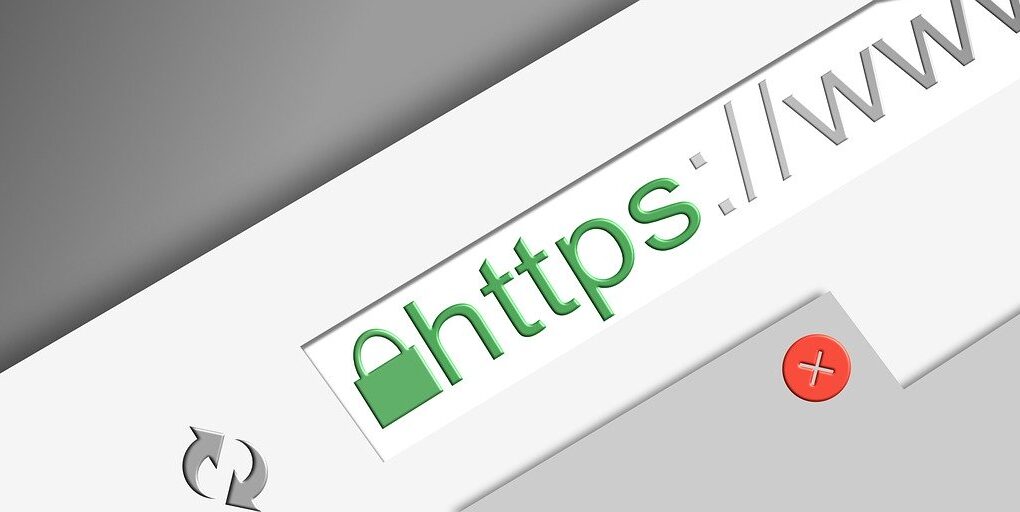
If you’re new to the world of SSLs, the various types on offer may leave you scratching your head. What are the different types for and when do you need to use them? Of all the different types, Wildcard certificates probably cause the most confusion. Today we’ll remedy that with a quick overview of SSLs in general and when you need to use a Wildcard SSL. Read on to learn more.
What is an SSL Certificate, anyway?
Before we dive into the intricacies of Wild Card SSLs, let’s quickly go over what an SSL certificate actually is. An acronym of secure sockets layer, an SSL is a digital certificate that you can install on your website to ensure users connect to your site via the HTTPS protocol. This protocol creates an encrypted connection between your site and the user’s browser, meaning that any information transmitted over this connection is secure, and can’t be intercepted. Having an SSL security is not only vital for the security of your website visitors, but these days it’s also a prerequisite if you want your site to work properly in modern web browsers, particularly Google Chrome.
There are three types of SSL certificates you can choose from: a single-domain SSL, a multi-domain SSL and a wildcard SSL. The first two options are pretty self-explanatory; the first is perfect when you just have a single website to protect, while the second is ideal if you have several. A wildcard certificate is less unclear from the name.
What is a Wildcard SSL?
A wildcard SSL certificate protects a single domain and multiple subdomains connected to the main domain. Why would someone choose to have different subdomains rather than just pages on their site? It’s a great way to give parts of your site with different functionalities their own space; such as email or an e-commerce store, for example. Some companies also use subdomains as programming testing environments. Furthermore, search engines treat subdomains as different websites, which may be appealing to some website owners for SEO purposes.
To see what that looks like in action, here are some examples of possible subdomains for thiscooldomain.com:
- mail.thiscooldomain.com
- shop.thiscooldomain.com
- blog.thiscooldomain.com
- login.thiscooldomain.com
- dev.thiscooldomain.com
So, if you have a single domain with multiple subdomains, or if you have a single domain now, but plan on creating subdomains in the future, wildcard SSLs are ideal for the following reasons:
- Everything is protected under one certificate: Newbies to SSL might make the mistake of protecting each subdomain with multiple single-domain SSLs, which will cause a headache in the long run. With a wildcard SSL, you only have to think about a single SSL.
- You can add subdomains to the certificate in the future: In this regard, wildcard certificates are probably the most flexible option when it comes to SSLs. If you wanted to add a new domain to a multi-domain SSL, for example, you would have to get your SSL reissued. With wildcard certificates, new subdomains are protected automatically.
- A wildcard is easier and cheaper to manage in the long run: As mentioned previously, keeping track of a single SSL and its expiration date is far easier than keeping track of multiple SSLs. Furthermore, paying for one SSL instead of several will save you a lot of money.
To conclude, if you have one domain with multiple subdomains, or if you wish to expand your subdomain portfolio in the future, protecting your sites with a Wildcard SSL certificate is a no-brainer.
